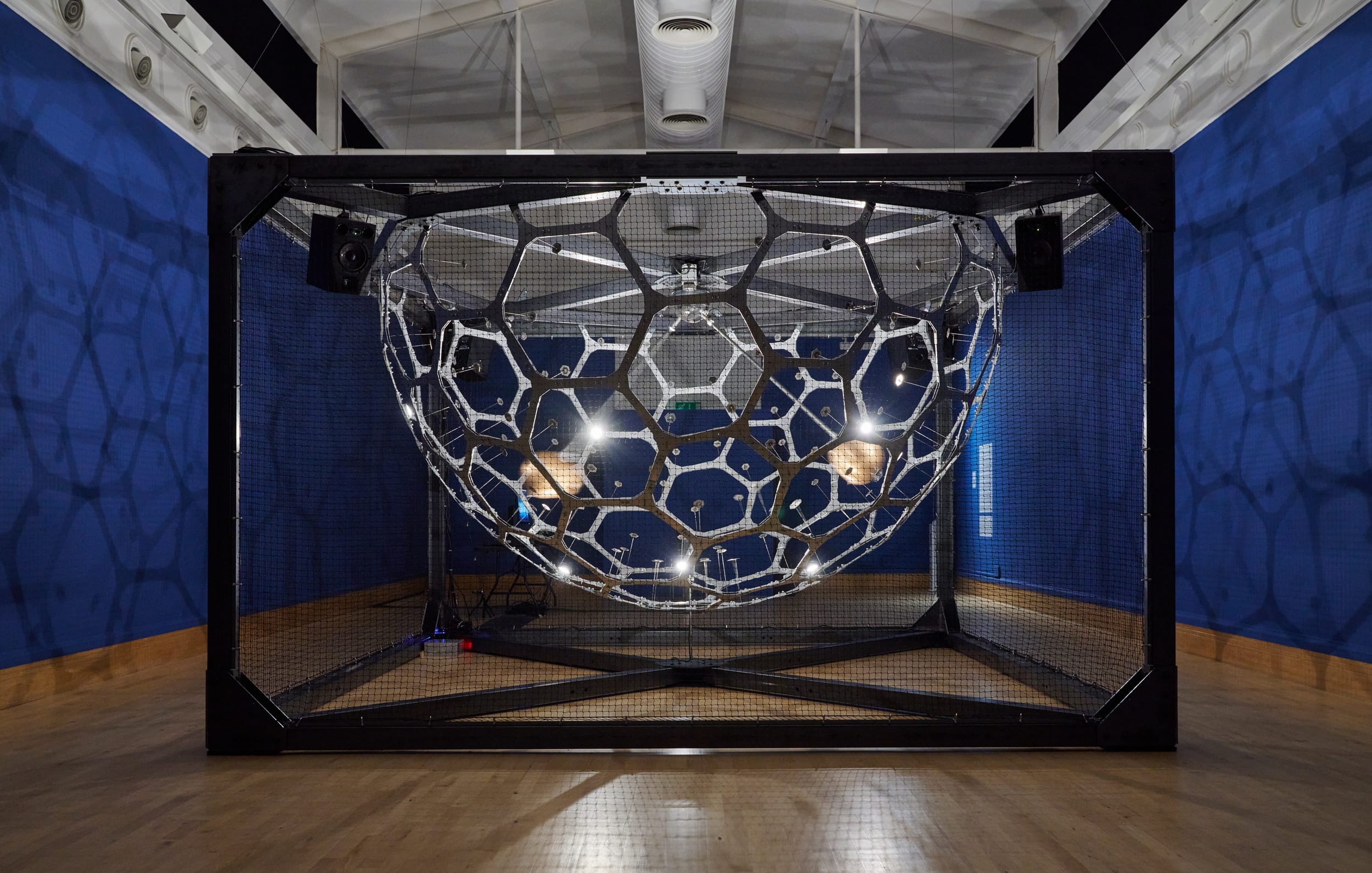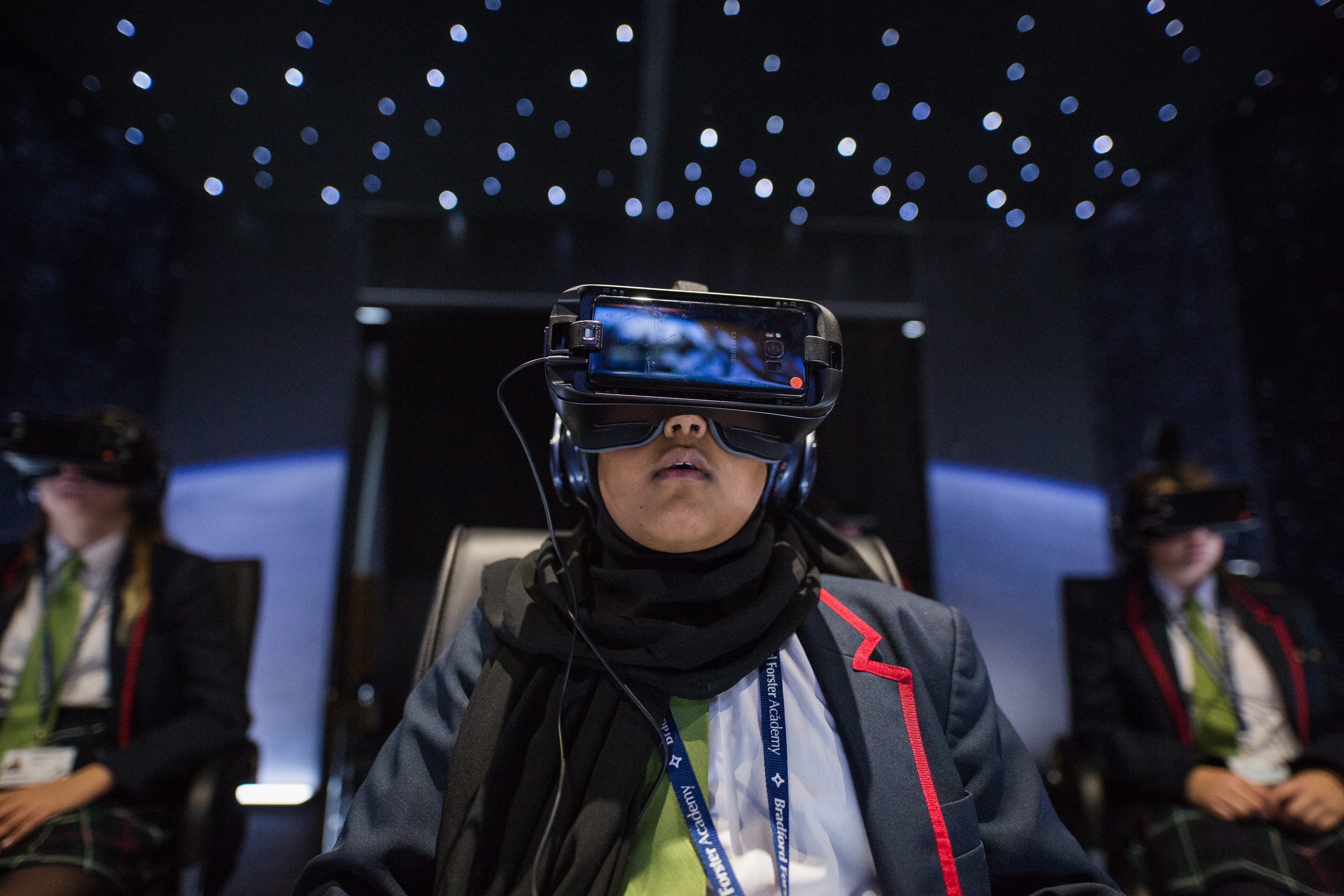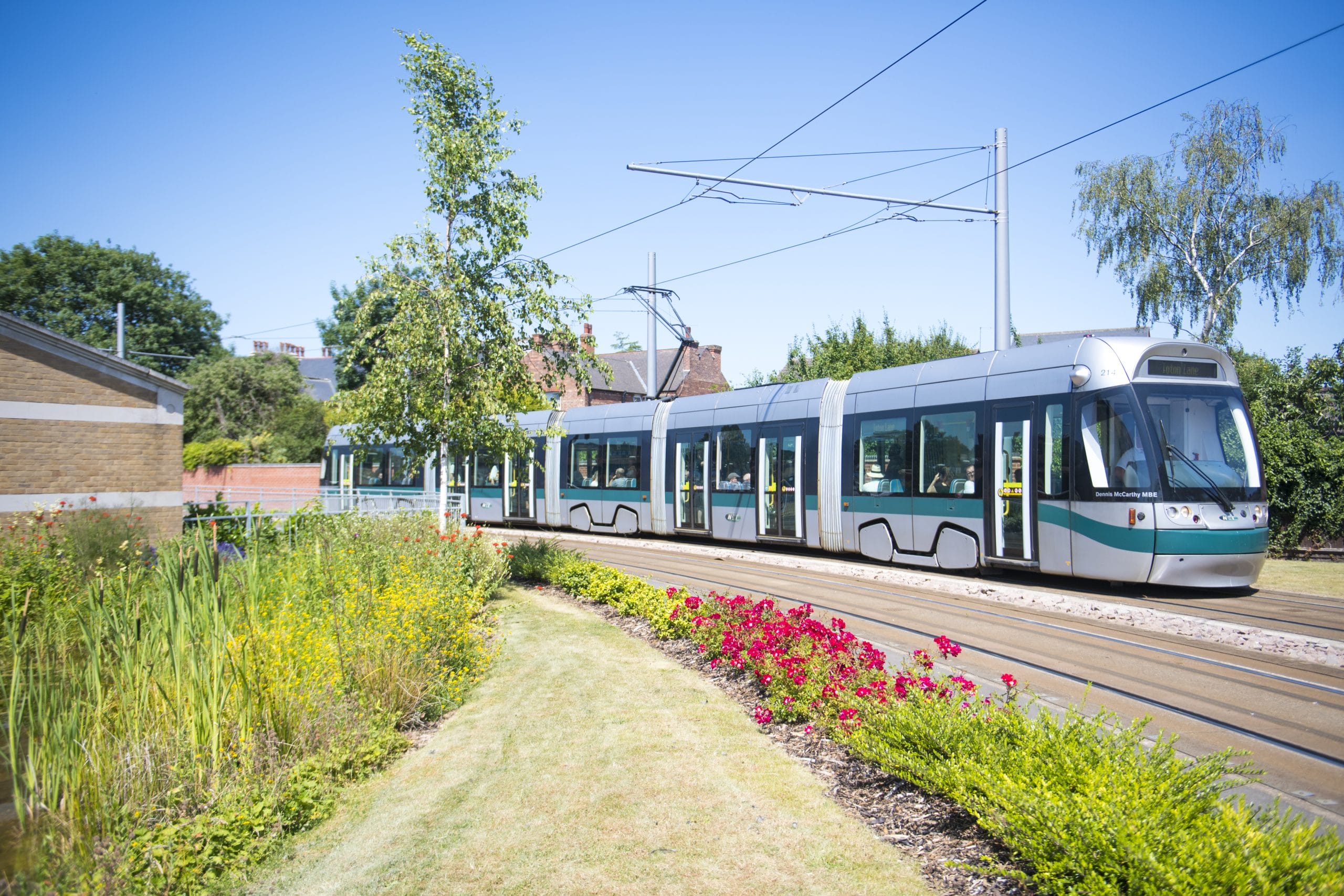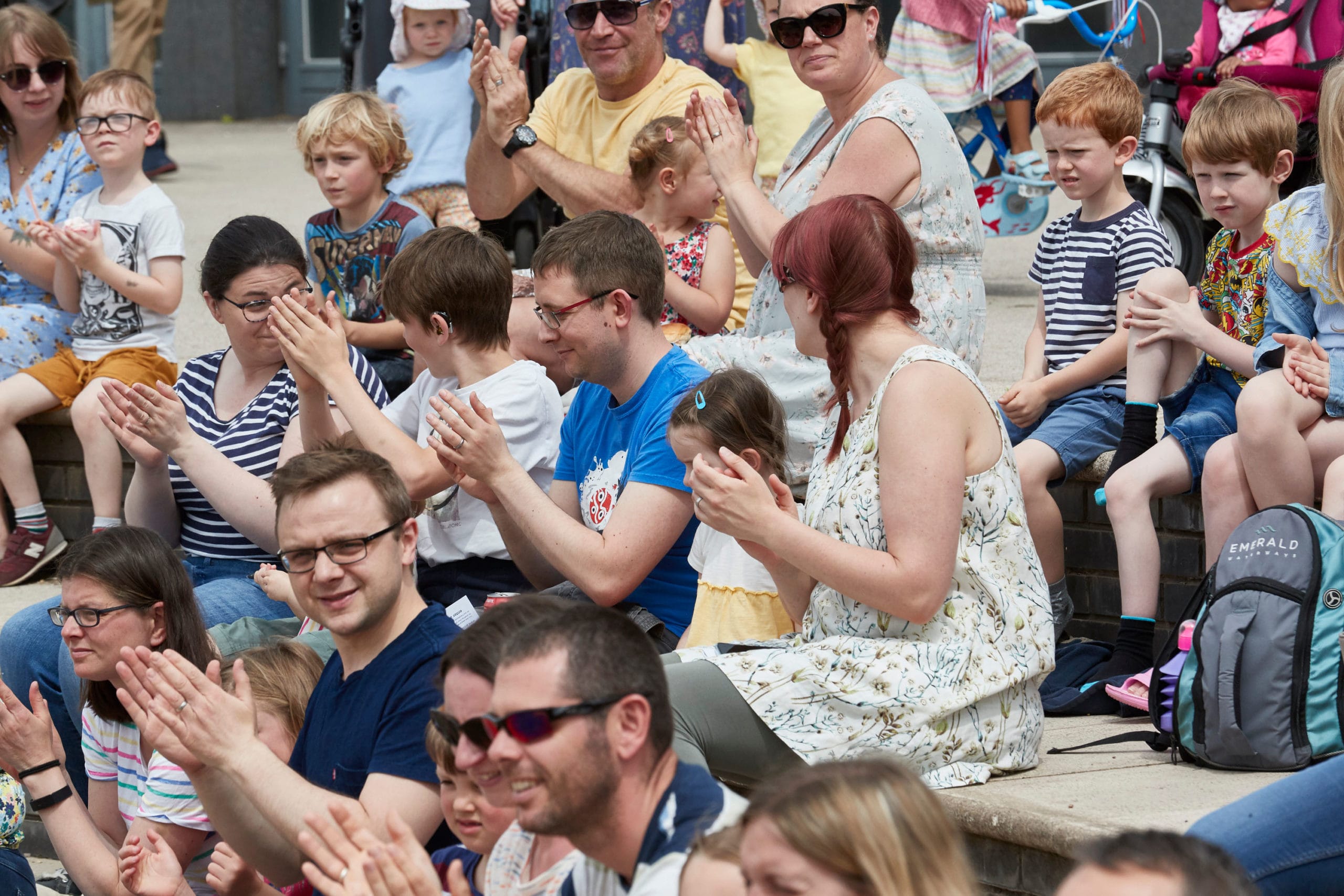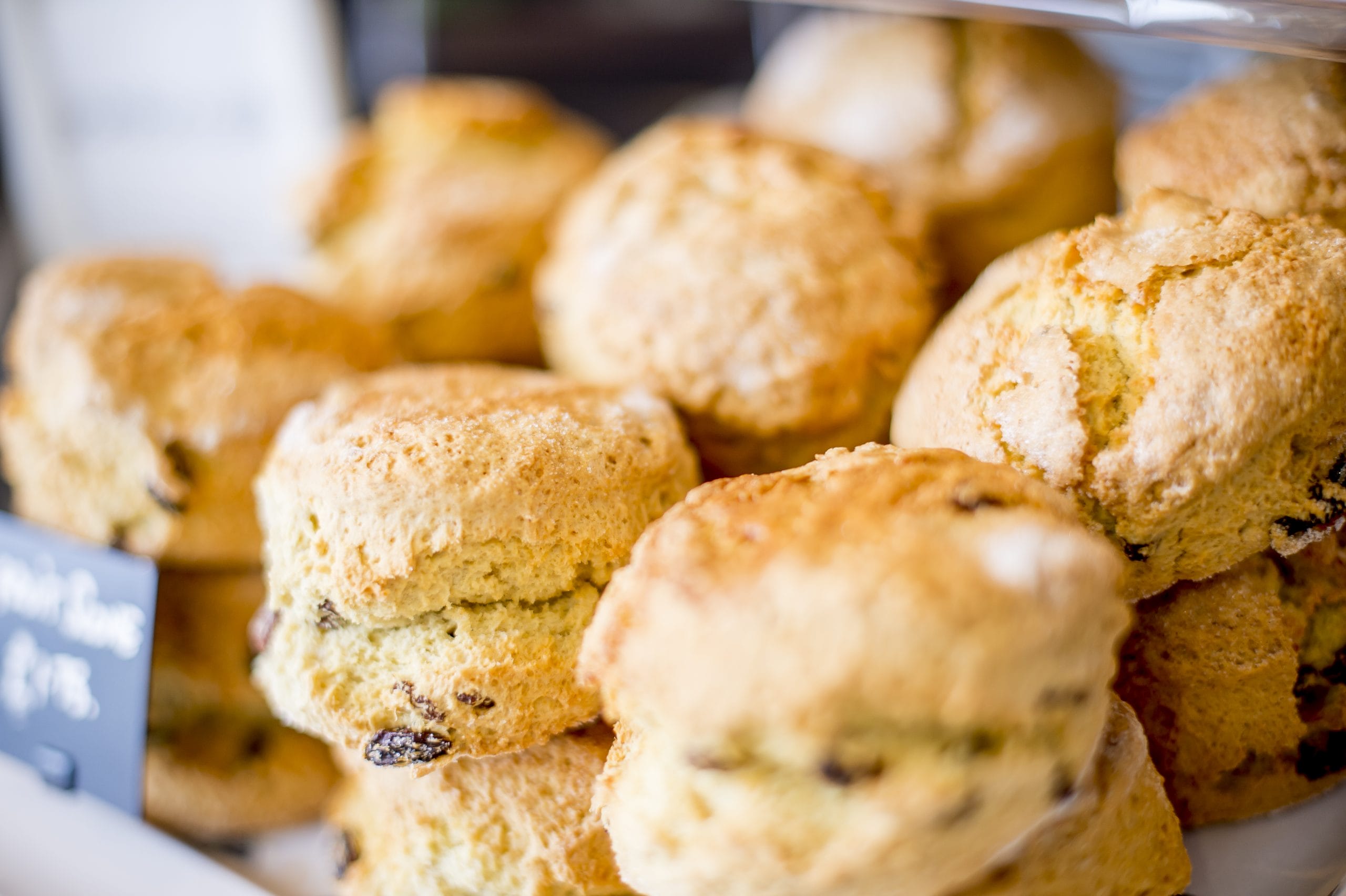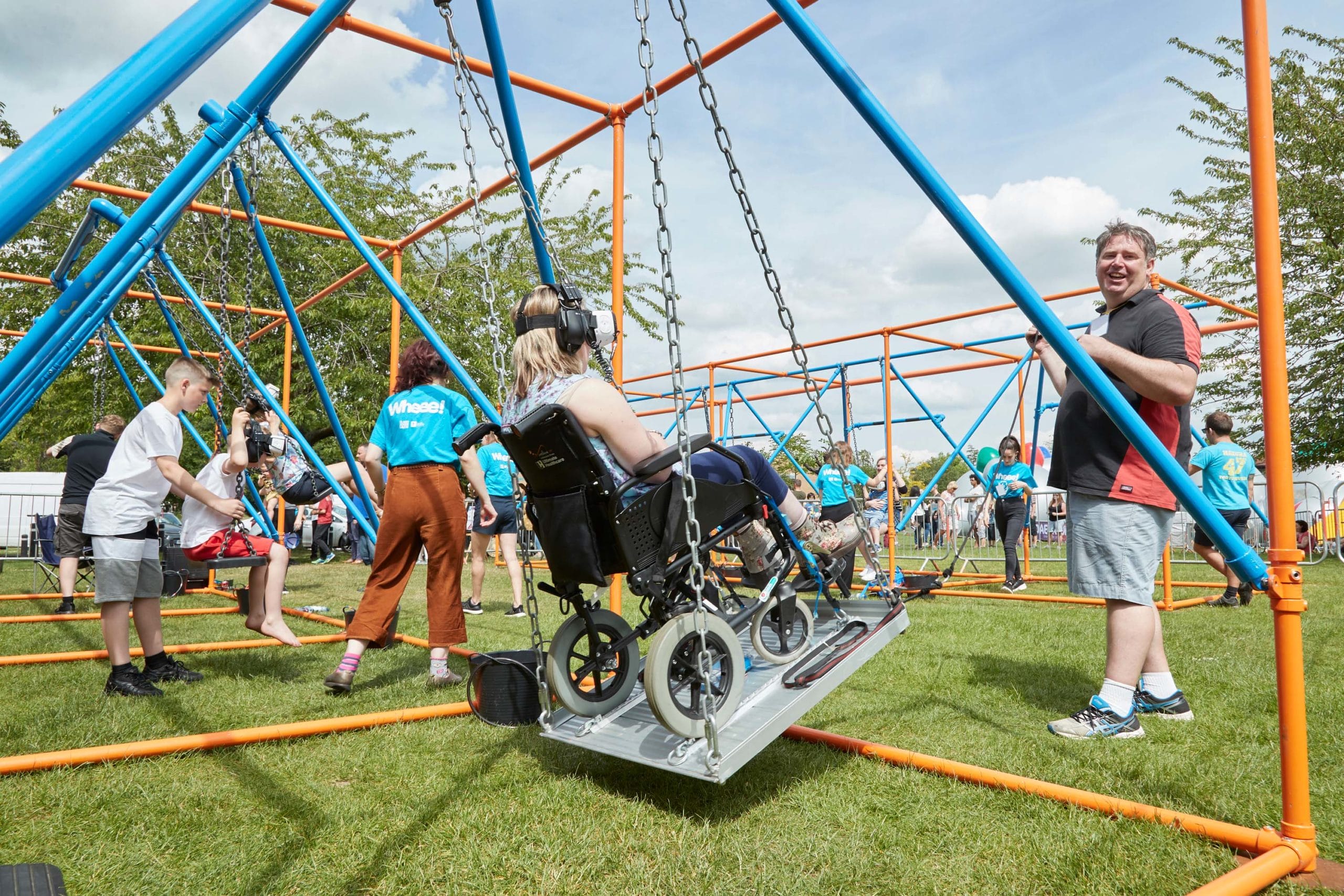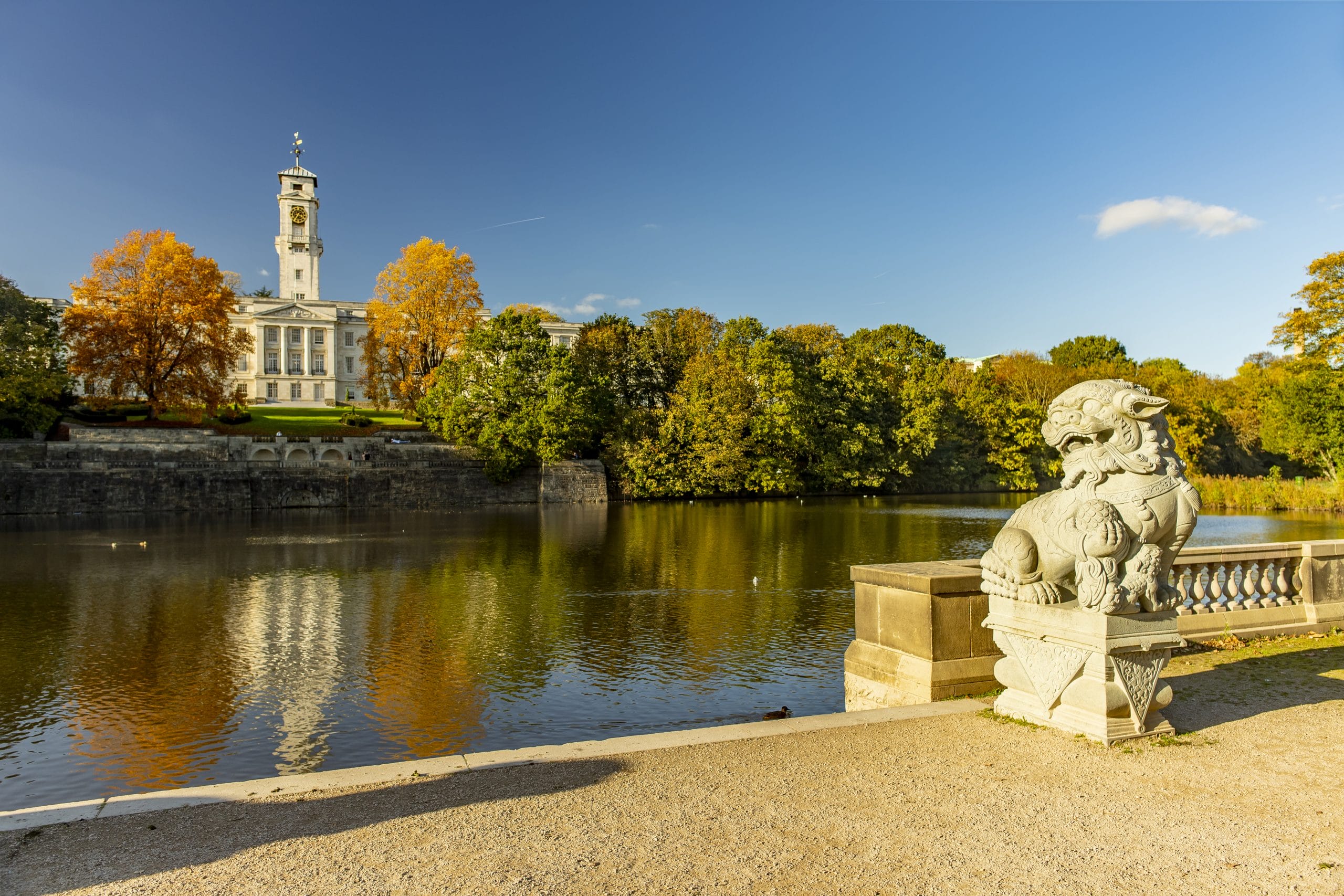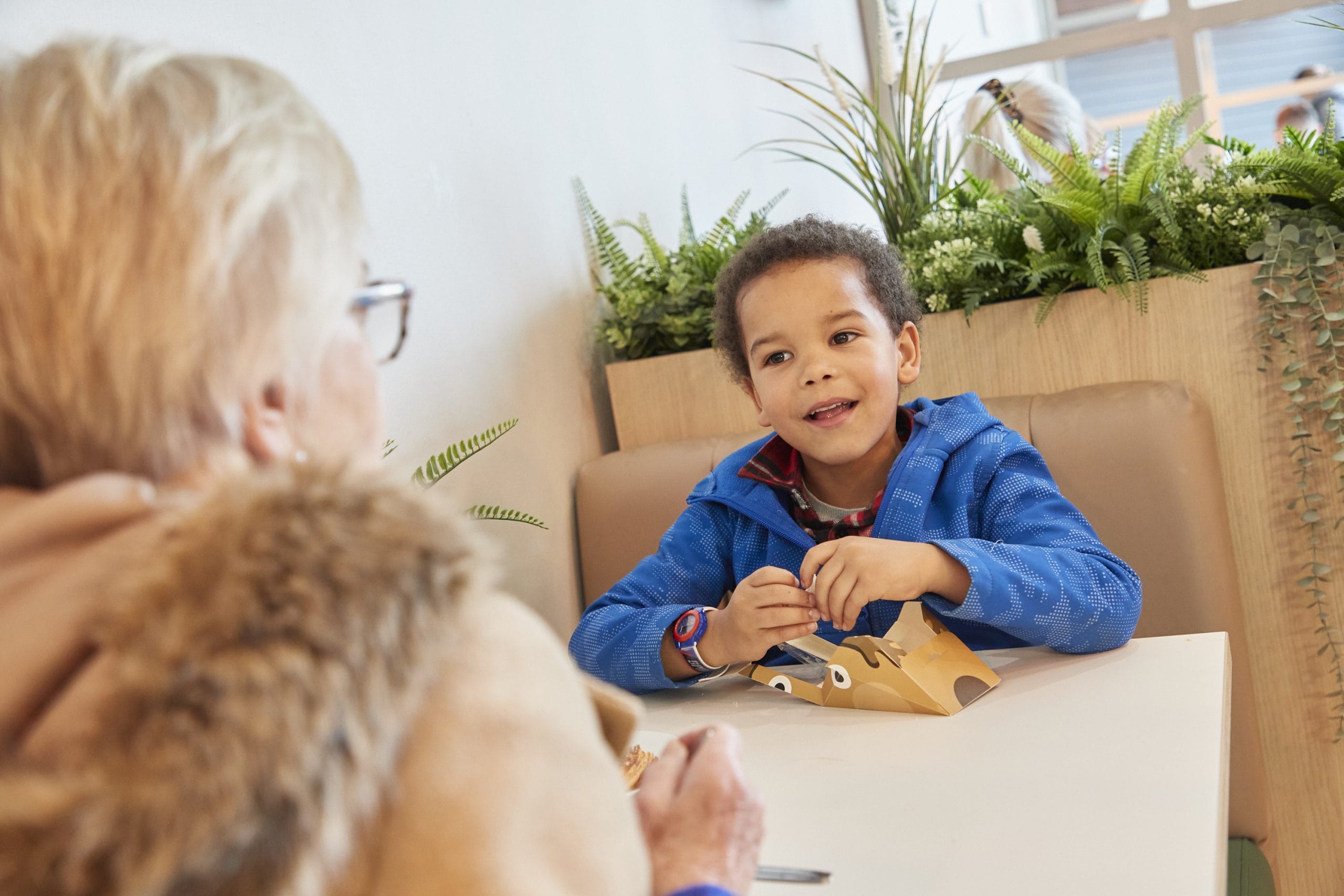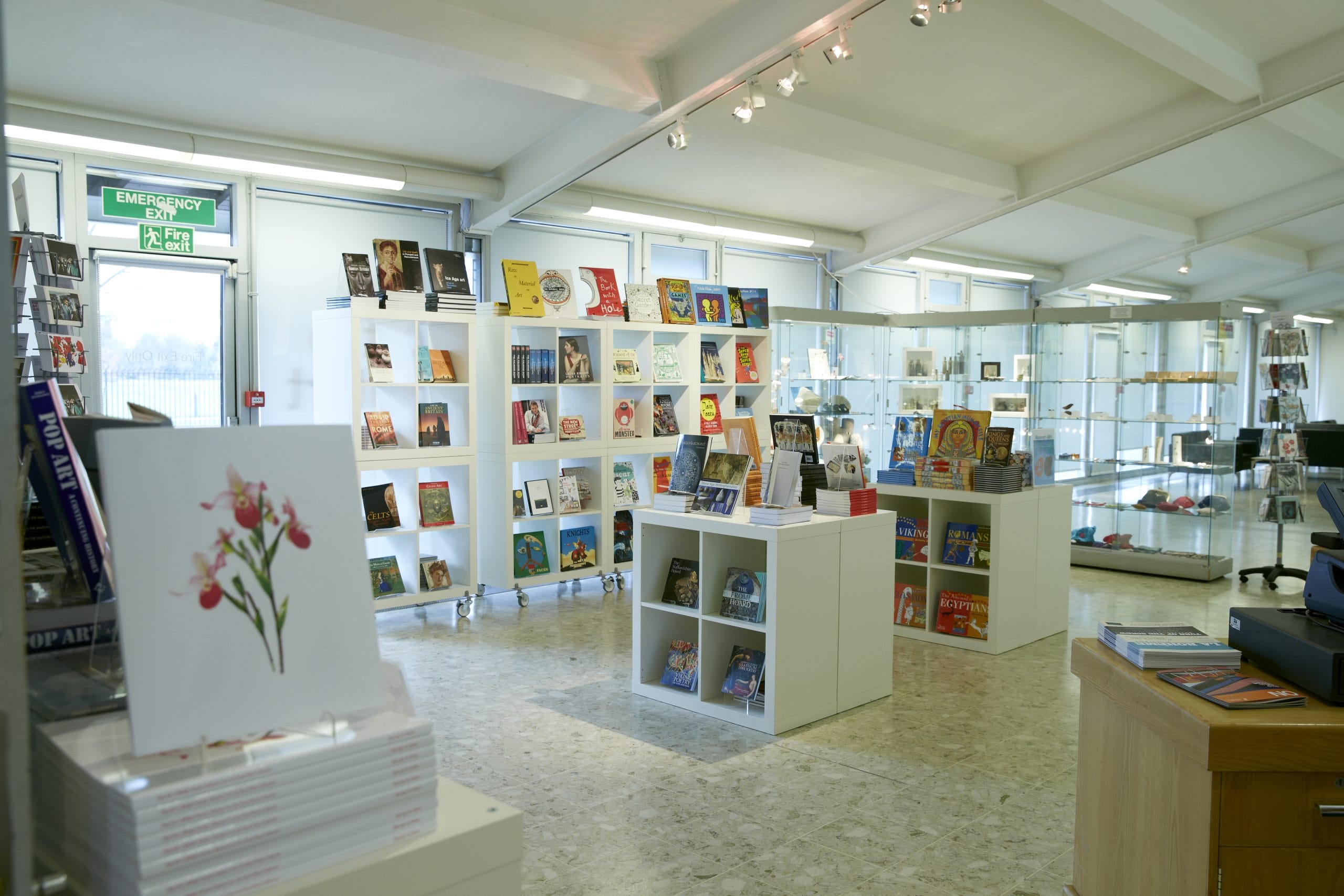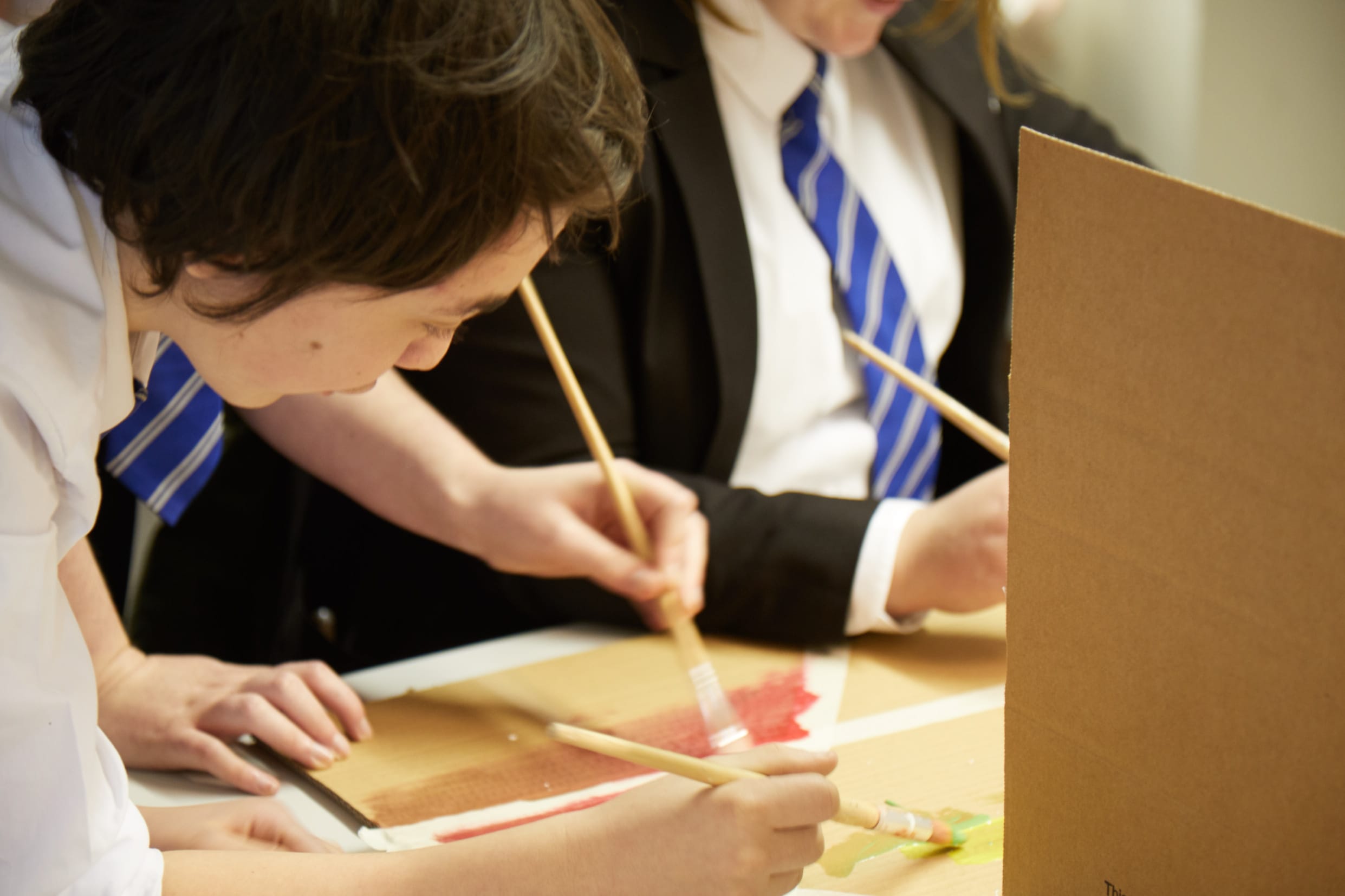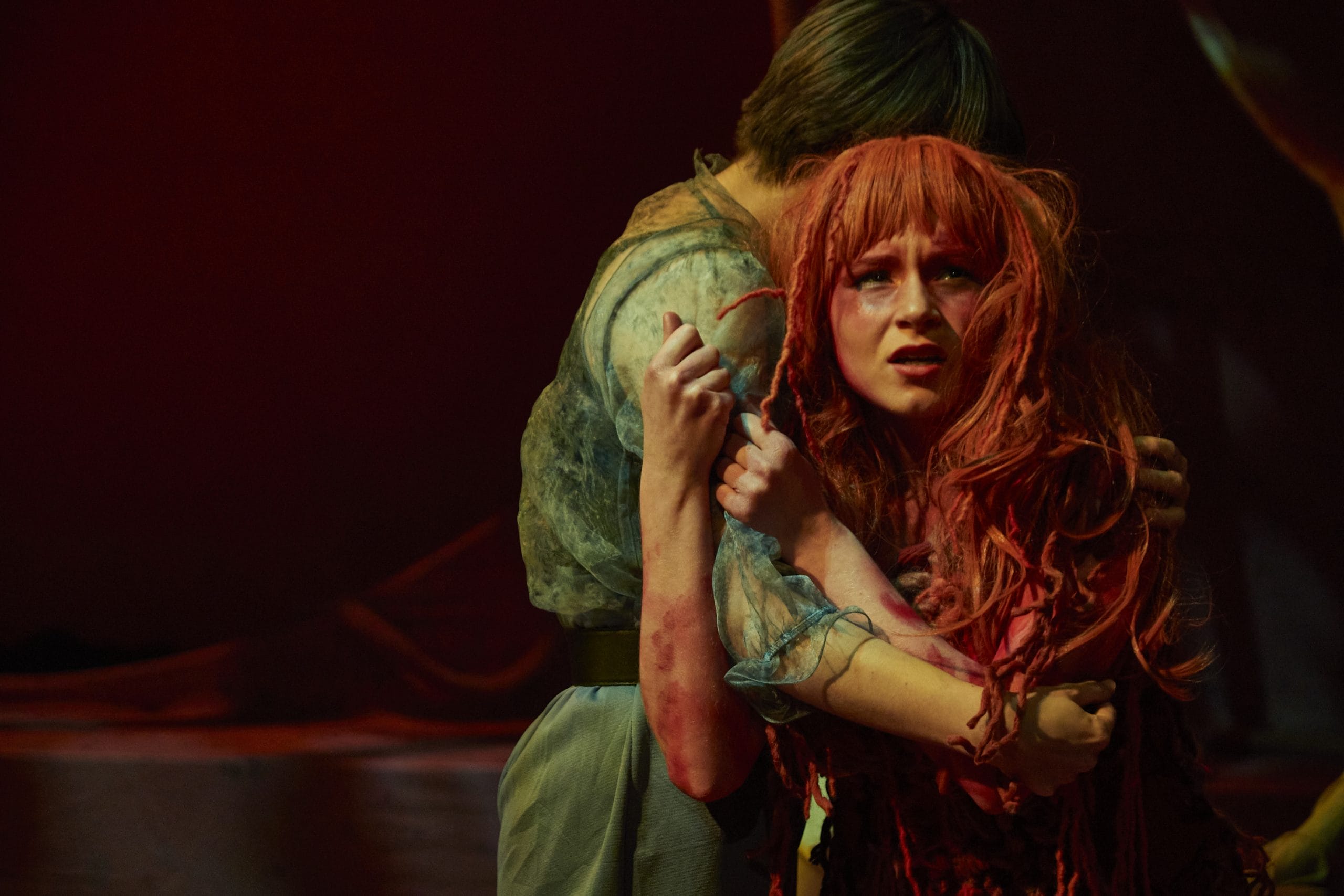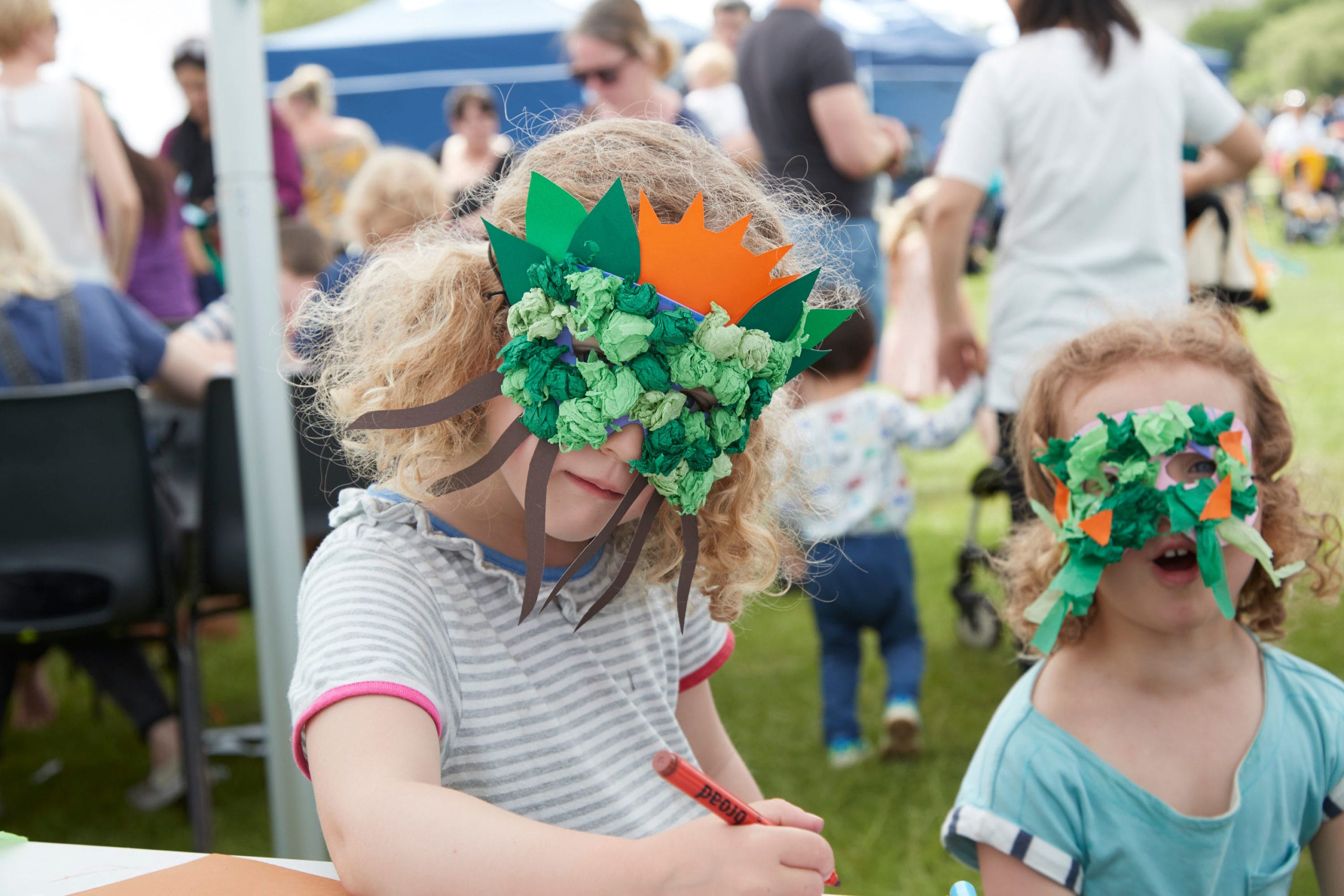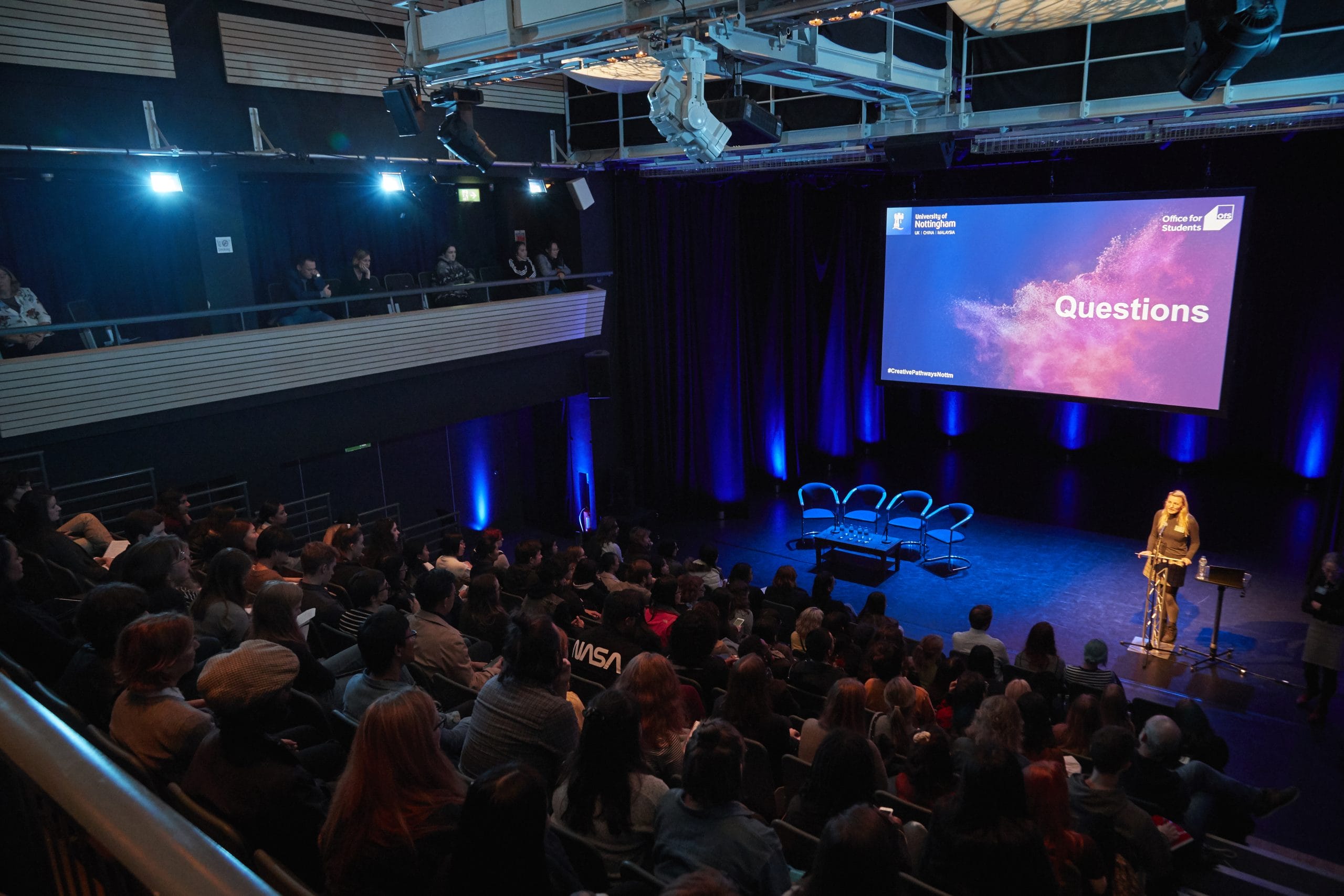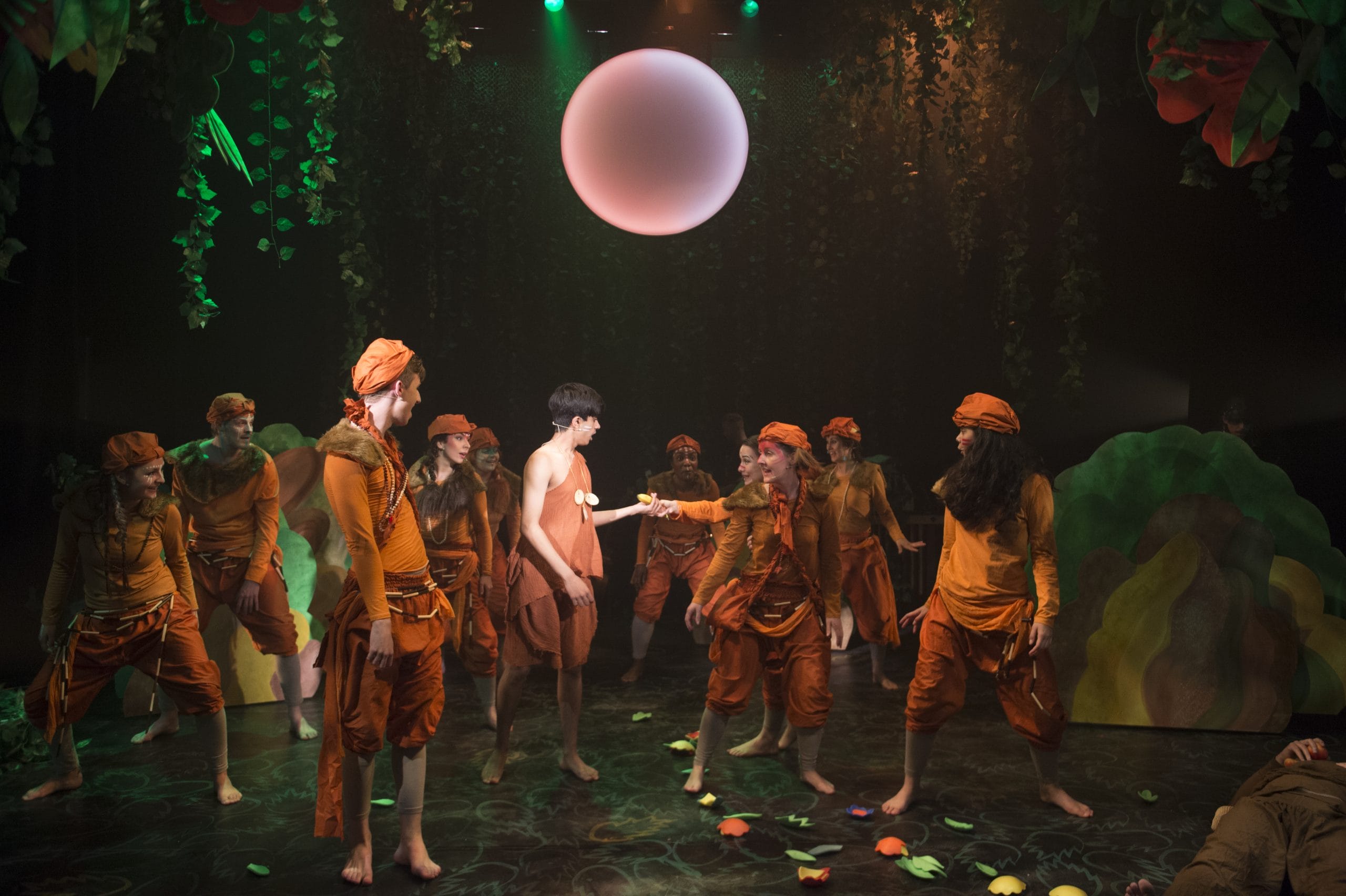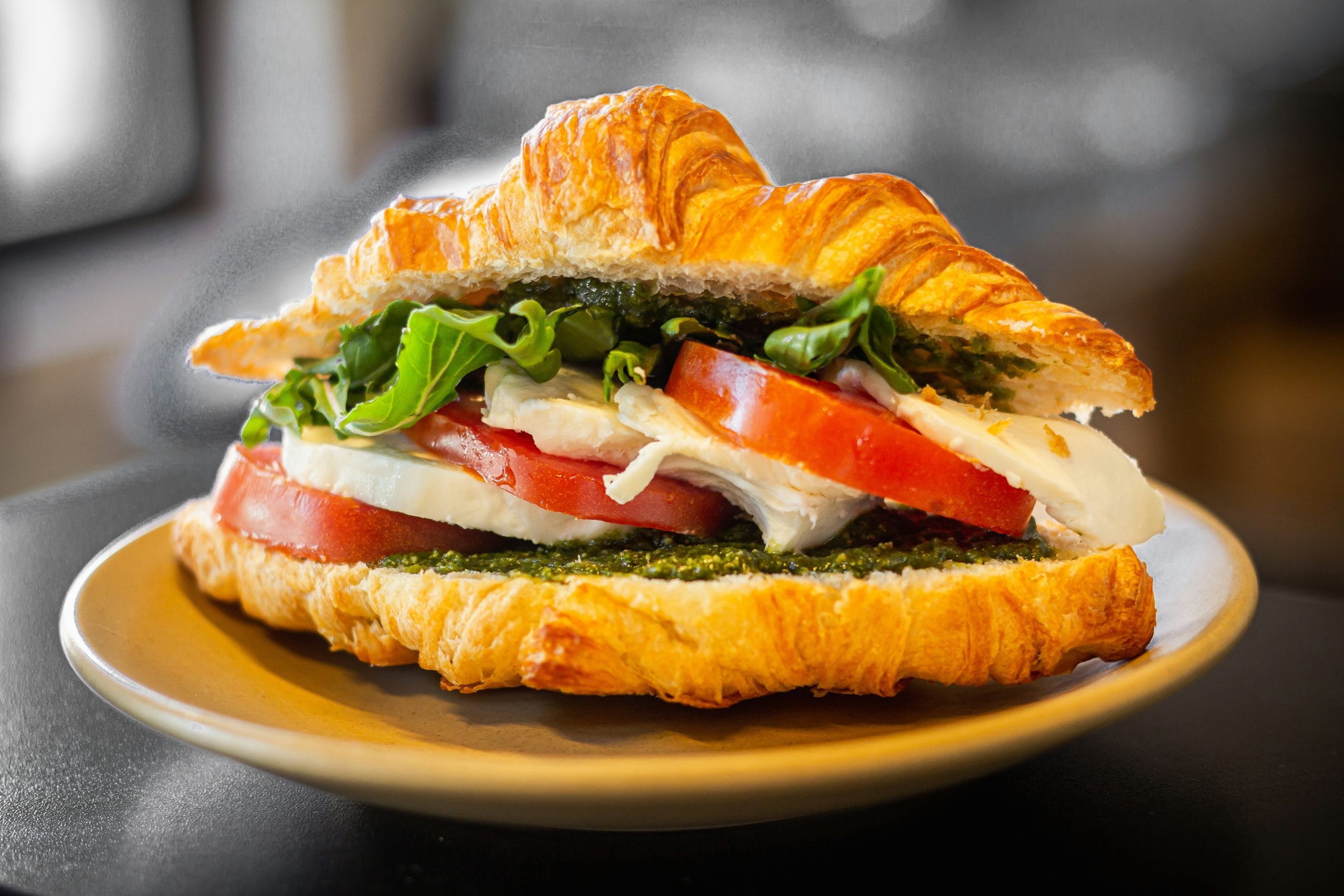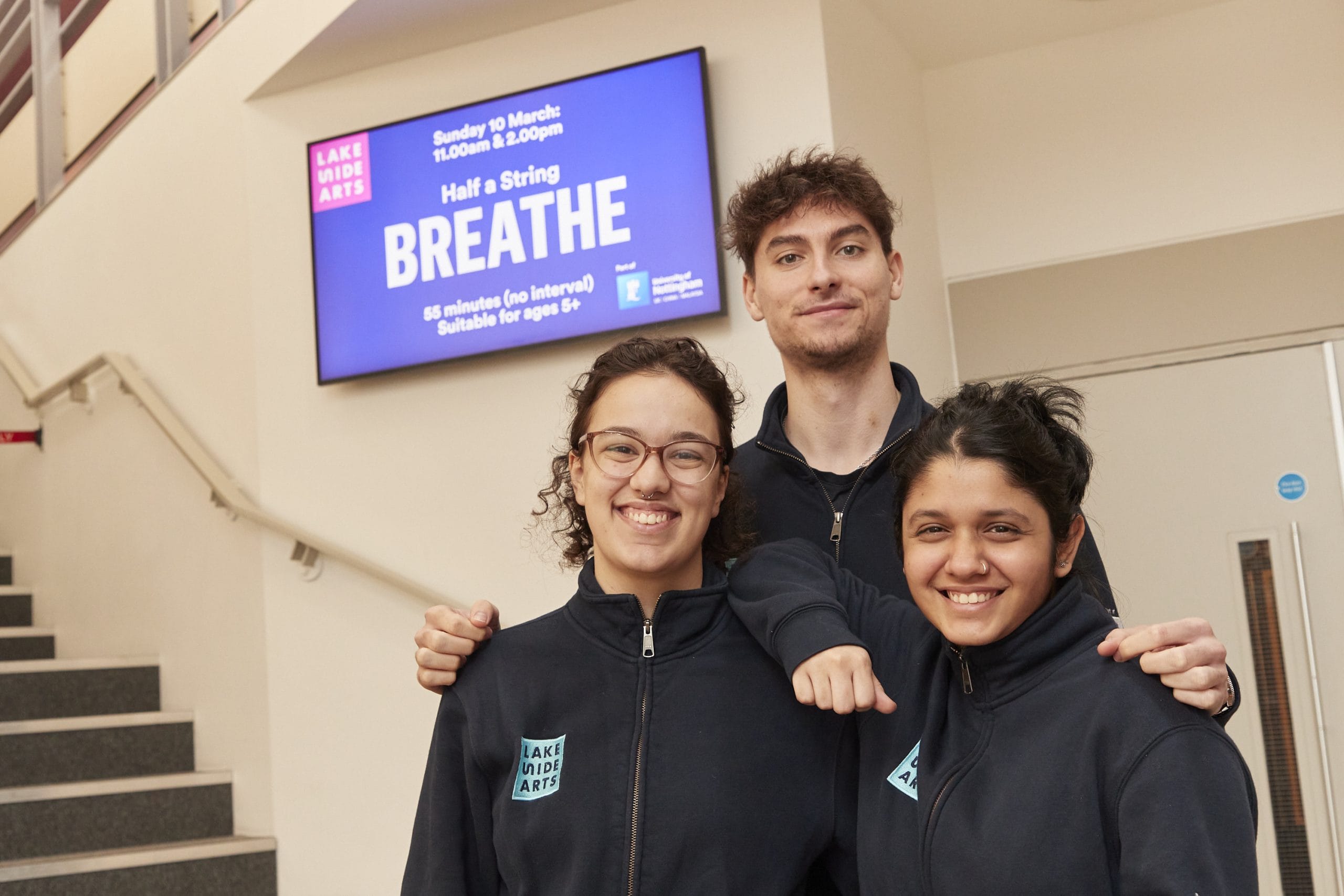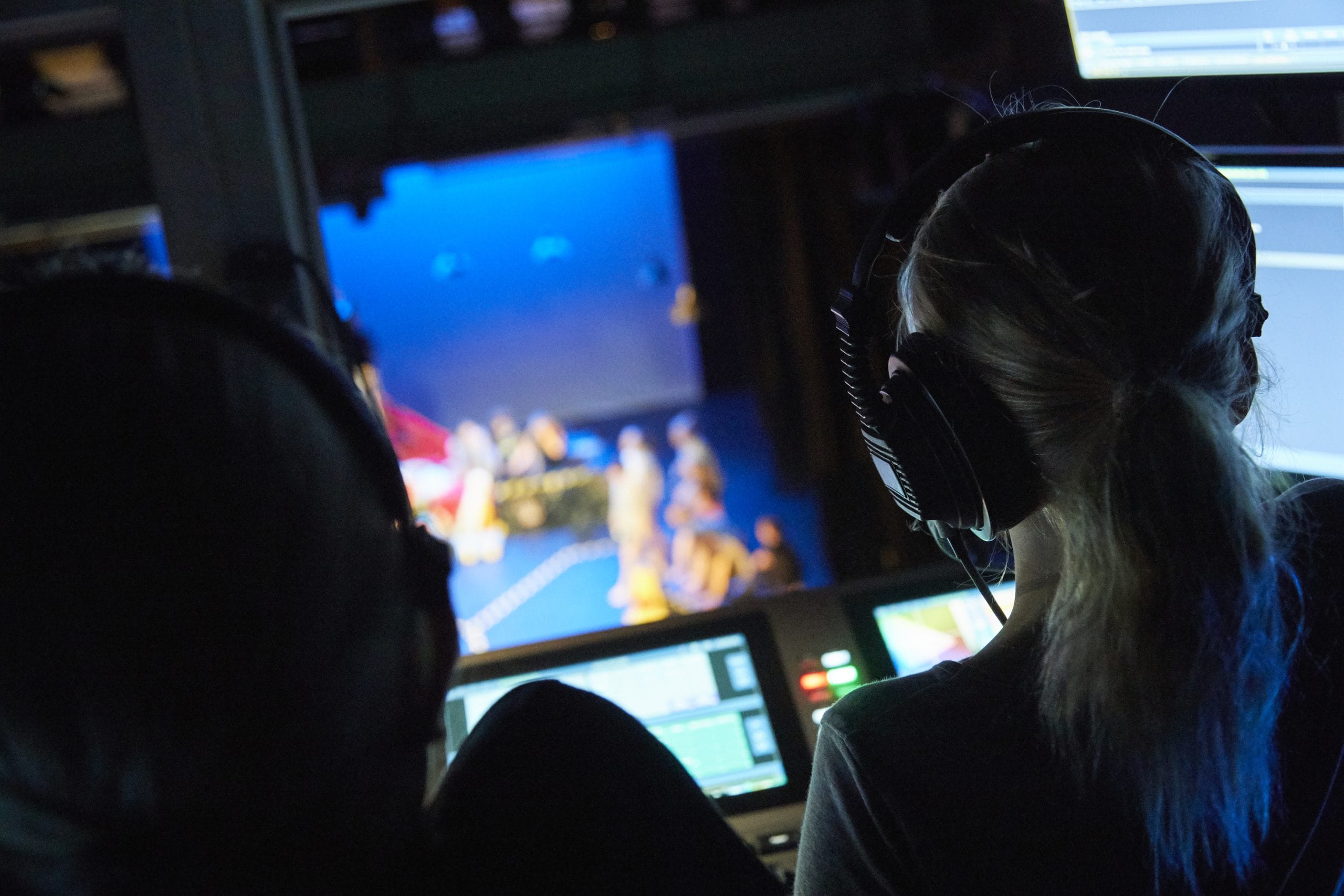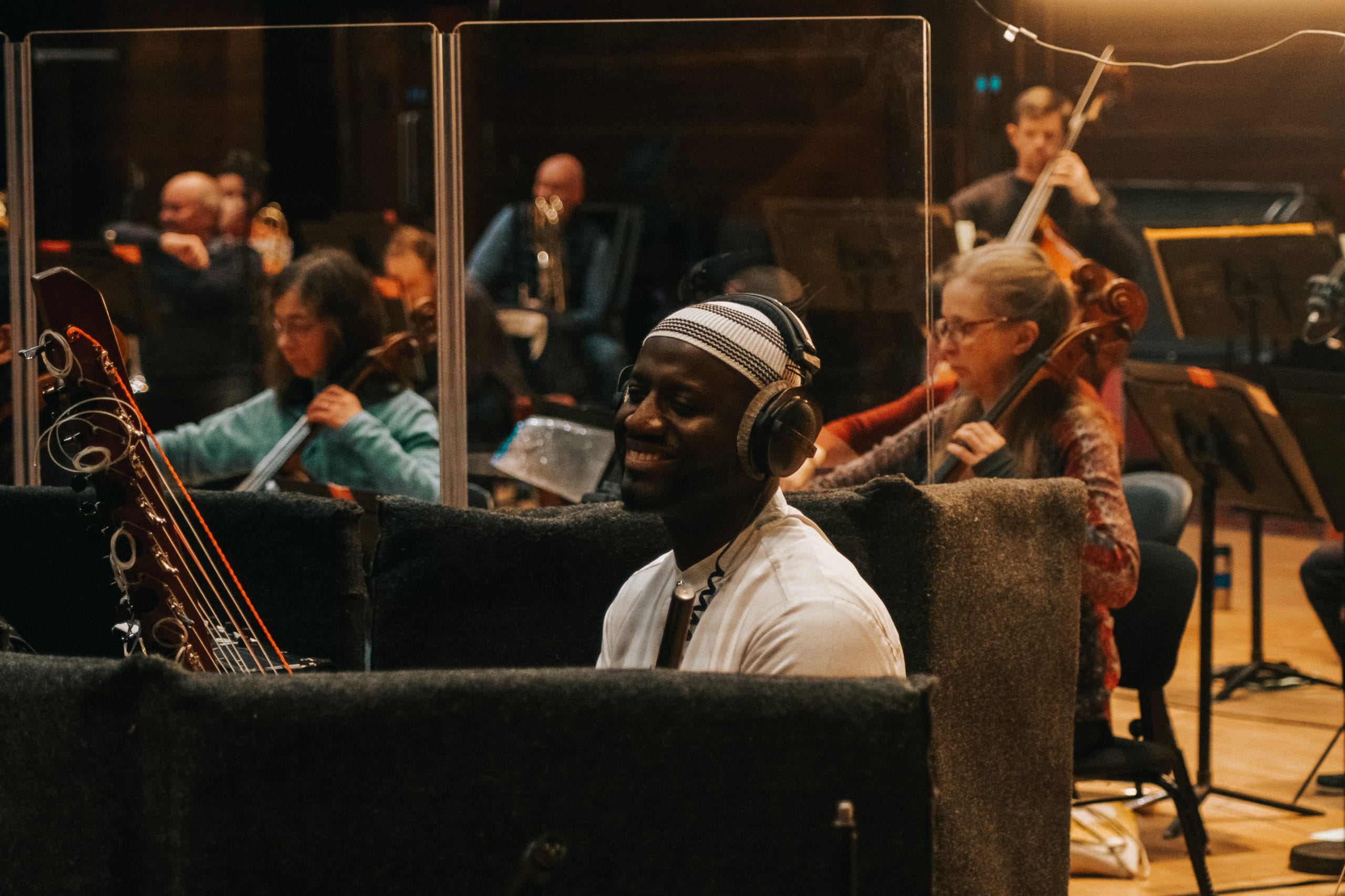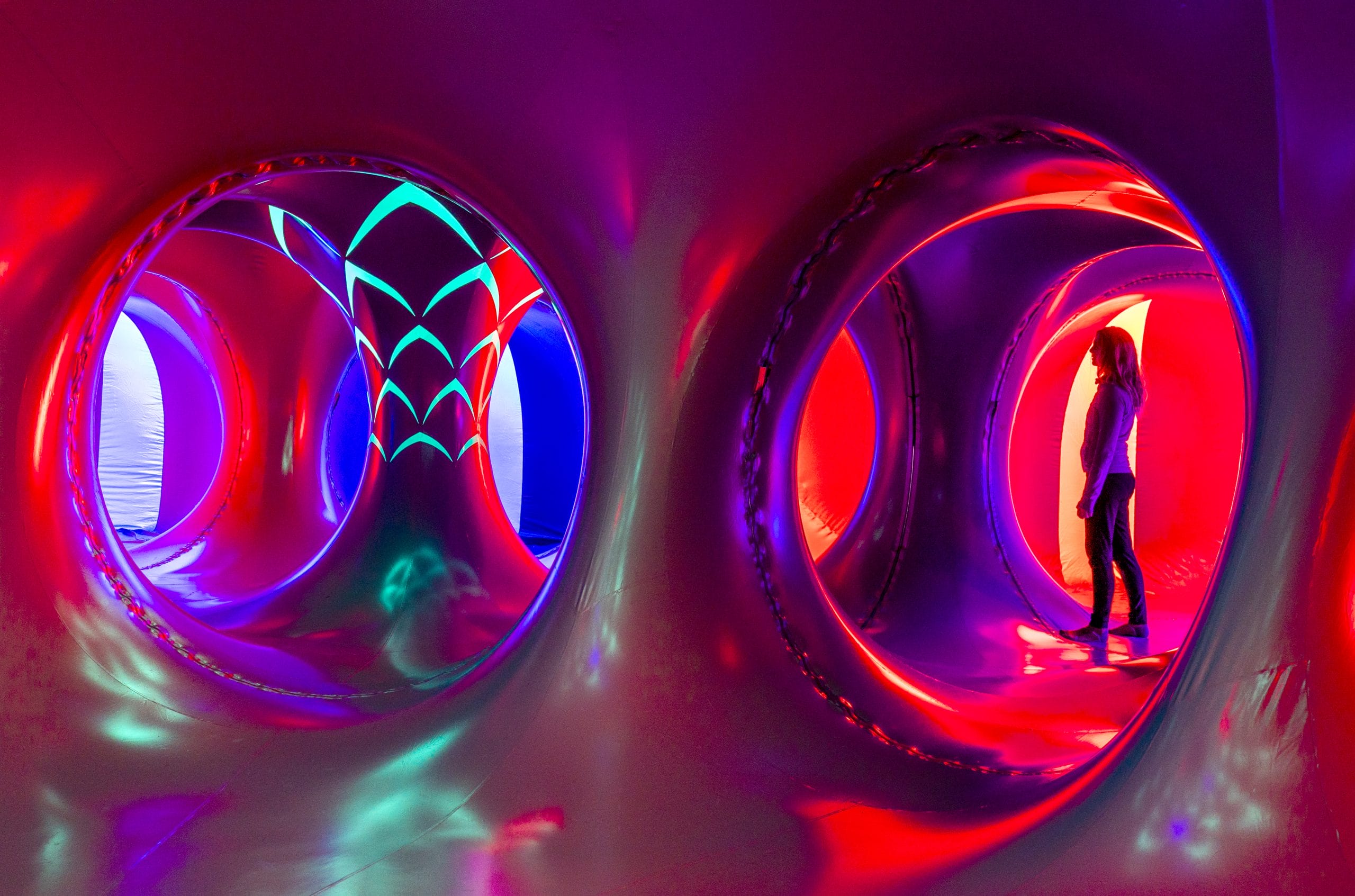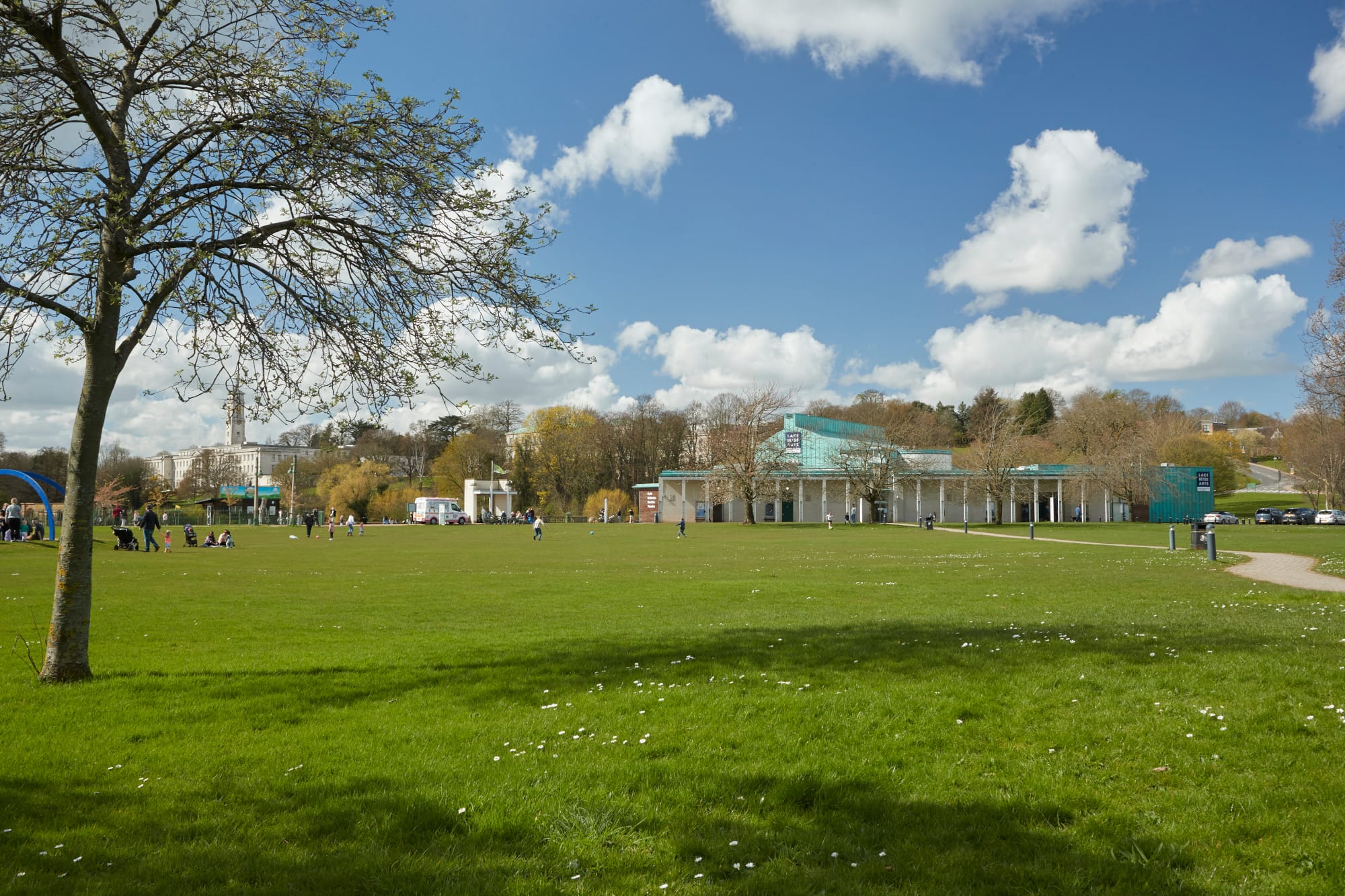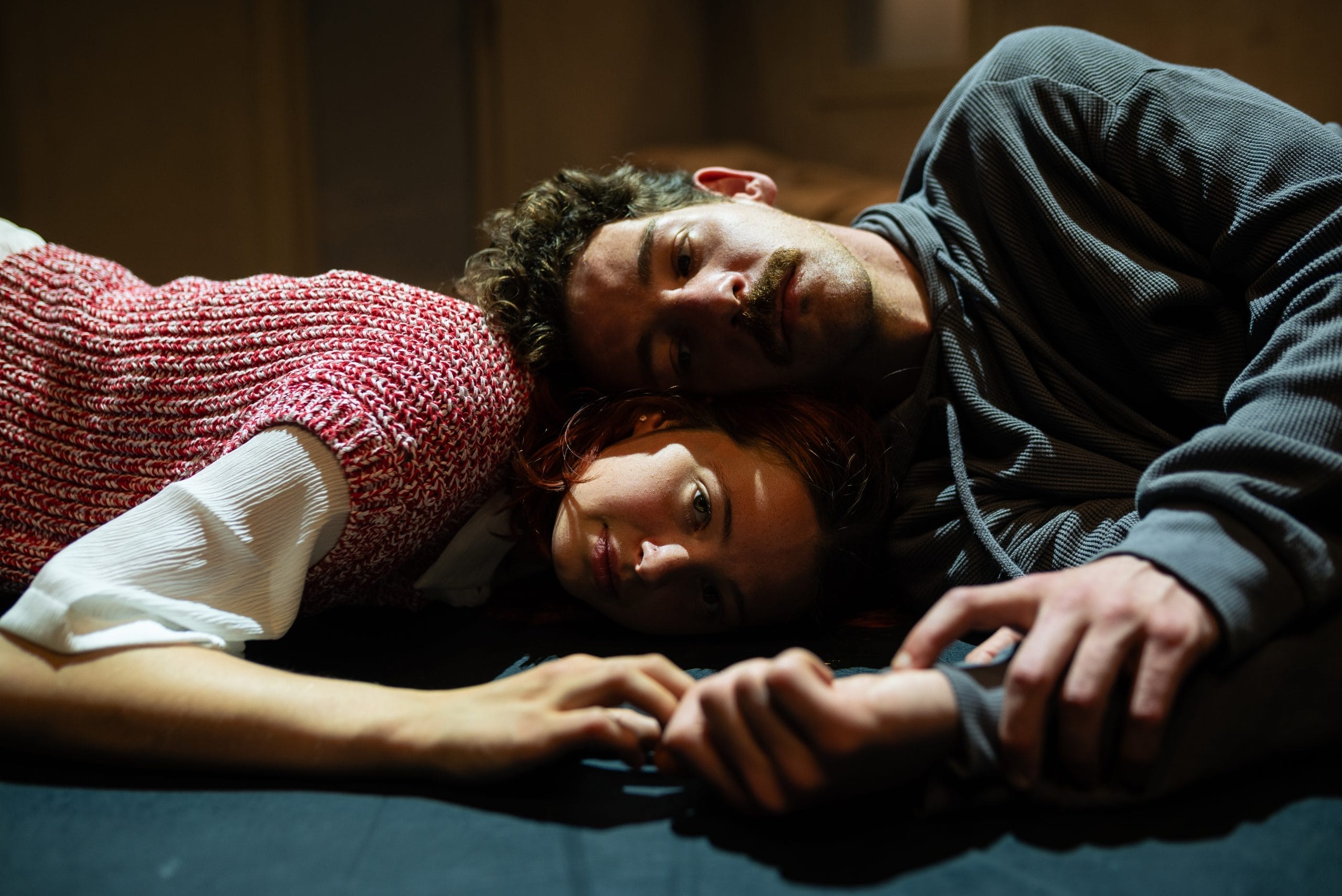In advance of their performance of Sunny Side in May 2025, we had a chat with choreographer and director Anna Holmes, Northern Rascals' Co-Artistic Director. Read on to find out more about the creation of this show.
Trigger warning: references to suicide
What was the moment or conversation that made you say, “We need to make this show”? Was there a specific story or statistic that hit home?
It wasn’t one moment, it was many. The show arrived to us in a way that mental health struggles often do. Singular events, moments and conversations that alone would be manageable, but the culmination of all happening together, repeatedly, meant that the story became difficult to not address.
The show is place specific, it’s based on the small Northern town that I grew up in, where everyone knows everyone – and when boys and men you know, went to school with, see around, start taking their own lives, it starts to feel like a pattern. Not just individual tragedy, but a systemic failing. One loss hit especially hard, and from there it became impossible to ignore. The stories, the silence, the shared confusion and sorrow – it pushed us to ask, “Why is this happening? Why aren’t we talking about it? What is happening to our men?” That question became the heartbeat of the show.
You worked with real-life experiences to shape the show. Can you share an insight or moment from that process that surprised or challenged you?
In January this year, we made a short docu-film based on the real-life experiences of local men behind the fictional narrative of Sunny Side. In our local trades club, we held an open day where men could come and speak about their mental health, and their experience living in the valley. There were no cameras, no pressure – just held space. This came after the creation process, just as the show was about to remount and head off on tour. Getting a show off the ground is always a long process, it’s taken us 5 years from inception of idea to this point now, and sometimes, we worry that by the time the show gets to its audiences, it’s not relevant anymore. That day floored me. Because it summed up everything. I was shocked by how much men are still struggling – in fact, it feels like it’s getting worse. At that moment, when one man said he was “hanging on by a wire but it was easier to not have the conversation”. I felt an immense responsibility to get these stories out there, in the theatre, in the minds of the public, in the conversations on the way home.
The show blends dance, spoken word, and striking visuals. Was there a moment in the creation of the show where you saw these elements click together in a way that felt powerful?
It’s a surreal experience when the show that you’ve envisaged for years in your mind is fleshed out in 3D in front of you. It really is like seeing a dream come true.
There was a rehearsal where everything just aligned – the movement, the words, the lighting – and it was one of those rare moments where you could feel the emotional weight shift in the room. It was one of our first full runs in York, and after it we all sobbed. Suddenly, the room didn’t feel like a stage anymore, it felt like we were in the main character, K’s subconscious. That’s when I knew we’d done it, we’d hit something deeper. That layering of sound, story, body, space isn’t just theatrical, it’s necessary.
Production photos
What has been the most unexpected reaction from audiences so far? Have people shared any personal reflections after seeing the show?
The most unexpected reaction, perhaps, is the quiet. The show finishes with the most incredible piece of music by composer Wilfred Kimber and as an audience, we are left in a dark space with nothing but the score, what we refer to as our ‘roll credits’ music. We’ve found that after the last note, there is often silence. No movement, no clapping, just a beat that something has landed. Post show, people often can’t find the words straight away, and for us, that silence feels powerful. To truly listen, we must be quiet in order to find the words to evoke change.
We’ve had many personal reflections from the audience, all that feel private and a conversation between not director and audience member, but human to human. This show is reflective of all of those stories. The dads, the brothers, the boyfriends, the uncles, the sons. If you know, are or love a man, then you must see this show.
Sunny Side explores some heavy themes, but there are also moments of warmth and light. What’s your favourite ‘lighter’ moment in the show and why?
One of our favourite moments is the remembered love sequence with K’s first girlfriend, B. She bursts onto the stage like a whirlwind, sunlight breaking through cloud. In that moment, the grey of his world is filled with colour, energy, discovery. The scene that follows is just that, the joy and innocence of first love, of first touch, of being intimate for the first time. They have a beautiful physical language founded on mutual consent and vulnerability. This was a clear decision from our perspective, to have B initiating moments of intimacy – reframes how we view young male and female relationships. K, although emotionally and physically inexperienced, is at his core, sensitive and respectful, capable of love. He isn’t hardened by stereotype. It’s important that we show that. In the wake of Adolescence, it’s easy for the audience to piece these two shows together. Yes they tackle similar themes of mental health, but our protagonist is not the extreme example, but the everyday norm. We easily could’ve gone down the route of making K forceful in these intimate moments, a stereotypical young man warped by Andrew Tate, but that would dramatise K in a way that is not fitting for our story. K is not a monster, he’s a boy that slips through the radar. His first interaction with love is a beautiful experience for him, it’s a place he felt secure, supported and able to be soft and vulnerable. This scene is crafted to show the effect that losing this access to gentle touch has on him. The loss of that love – and the absence of touch after it – becomes even more poignant. That warmth, that early connection, becomes a ghost he carries.
We’re so excited that you’re bringing Sunny Side to Nottingham on 17 May. What excites you about performing here, and how do you hope it connects with local audiences?
We love Nottingham! We’ve had so many beautiful moments teaching here, especially with FABRIC and the CAT programme. It’s been amazing to watch some of the young people we taught go on to become working artists – it’s a proper full-circle moment for us. Bringing Sunny Side here feels like bringing it to friends. We’re excited to see how local audiences respond. Even though the show is rooted in a specific place, the experiences are shared, so we’re curious to see what feels familiar to you, what resonates, what stays with you after you leave the theatre.

